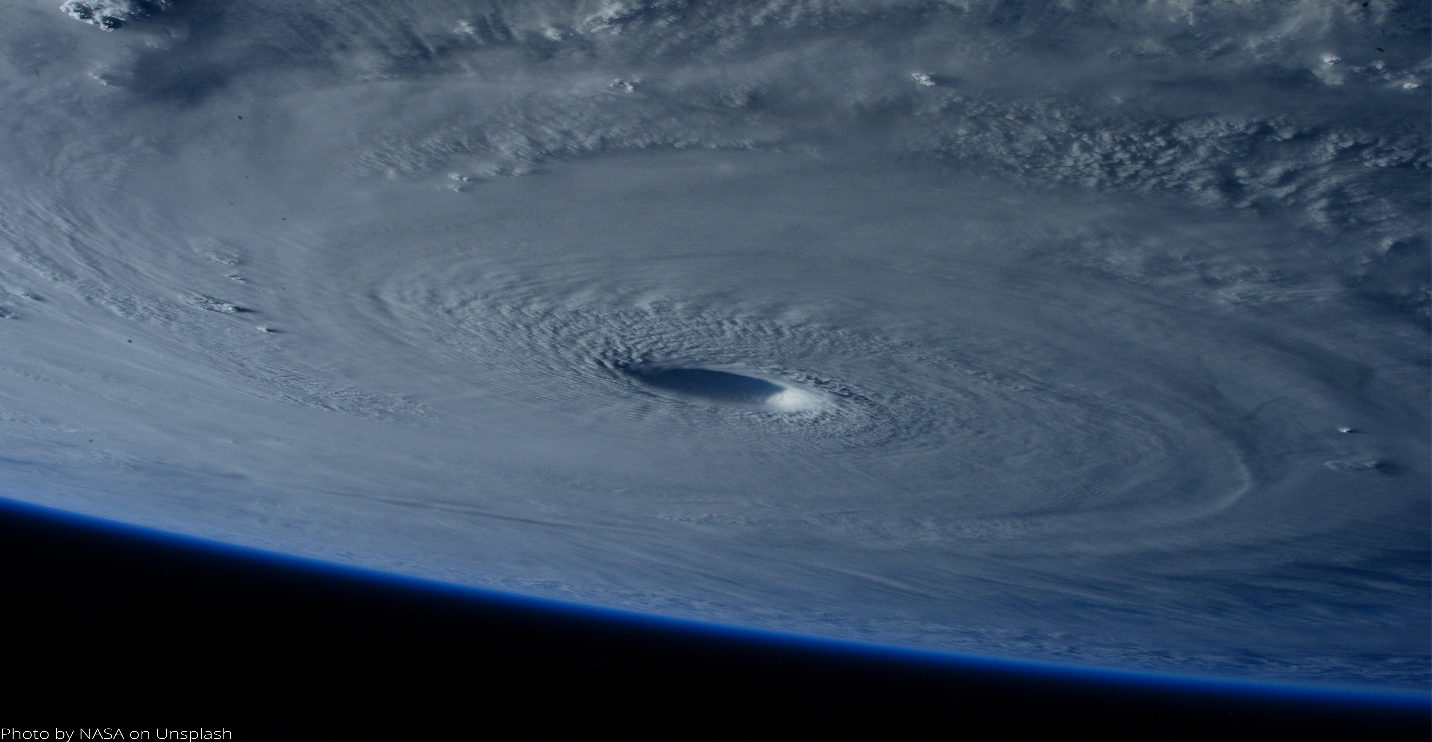 Hurricanes don’t know borders
Hurricanes don’t know borders
Hurricane season starts at the beginning of June. When disaster strikes, governments and citizens in at-risk countries have protocols to respond, including shelters to protect displaced and affected populations and emergency plans for geographically vulnerable locations. Leaders and citizens know they must always be ready to respond and begin anew the process of recovery. This year, however, countries need a new plan because the economic recession and the COVID-19 pandemic are part of the equation.
In the field of disaster risk management, when a new risk appears in an already risky situation, we call it a compound risk. The COVID-19 pandemic means communities need to prepare even more thoroughly for disasters, as resources are limited or have been reallocated to respond to the health crisis. In simple terms, the economic and health impacts of COVID-19 are making already-disaster-prone countries more vulnerable than ever before.
The Caribbean region in particular has been hard hit. Its crisis began in March when lockdown measures put the tourism industry on hold to curtail the spread of the virus. Tourism is one of the most important economic sectors in the region, so countries are now struggling to make ends meet. To make matters worse, this year the hurricane season is expected to be more severe than the average.
How are governments responding?
Countries located in the Caribbean basin and South East Asia have vast experience in preparedness and response. However, existing plans may need to be adjusted to account for the new pandemic requirements. In the Caribbean, schools and other public facilities are used as emergency shelters, and assessments are conducted every year to evaluate their physical structure. These assessments should now incorporate COVID-19 considerations and plans developed to address gaps. In Saint Lucia, for example, the National Emergency Management Organization (NEMO) has developed shelter protocols considering the COVID-19 context.
The Caribbean Disaster Emergency Management Agency (CDEMA) is evaluating external and military assistance protocols and implementing changes such as testing mandates before travel, quarantines for new arrivals, and fulfilling personal protective equipment (PPE) needs for first responders. Finally, existing information management and communication platforms are needed to help improve situational awareness. Effective preparedness will depend on real-time information sharing to understand where the disaster impacts are and ensure public health information reaches those who need it most.
In the case of Vietnam, proactiveness has paid off. Its low-cost, preparedness-focused approach has made Vietnam a model in the region. The country’s strategy includes contact tracing, border control, and aggressive quarantining. It may be what some countries need to contain COVID-19 spread while preparing for unavoidable natural hazards.
We cannot forget the case of Croatia, where an earthquake struck in the middle of a COVID-19 lockdown. On the positive side, schoolchildren were not affected due to school closures. On the other hand, hospitals, respiratory disease wards, and COVID-19 testing facilities were impacted. COVID-19 certainly complicated the immediate response as well as recovery and reconstruction.
But Croatians took advantage of technology to safely assess the damage. For example, engineers assessing the safety of the affected buildings used a web-based application powered by geographic information systems (GIS). In addition to capturing information from the field and tracking overall progress, the system identified buildings with residents in self-quarantine. This practical tool helped surveyors and volunteers conduct field assessments consistent with COVID-19 mitigation measures.
How to manage hurricane risk during a pandemic
Although there is no easy recipe for addressing compound risk, especially during a pandemic, drawing from country experience we recommend five steps to manage hurricane risk:
- Train responders with the latest COVID-19 guidance
- Adapt emergency shelters to better address COVID-19 safety requirements
- Ensure that emergency response supplies are fully stocked throughout hurricane season
- Reserve part of your budget for COVID-19-related adjustments after a disaster
- Repurpose technology, and when possible, use it to abide by social distancing rules
Disaster-prone countries need to add COVID-19 considerations to their preparedness and response plans as compound risk, especially now, cannot be avoided. The local experiences mentioned above may work in some cases, but each community must build their own plans according to their context-specific needs. This is the best way to continuously build resilience in the current context and in future situations.
Recommended readings:
- Let’s talk about disaster risk during COVID-19
- Coronavirus makes investing in climate adaptation more urgent than ever
- Is Latin America Ready to work from home?
- Managing tropical storms during COVID-19: Early lessons learned and reflections from India
- Subscribe to our Sustainable Cities newsletter
- Follow @WBG_Cities on Twitter



Join the Conversation